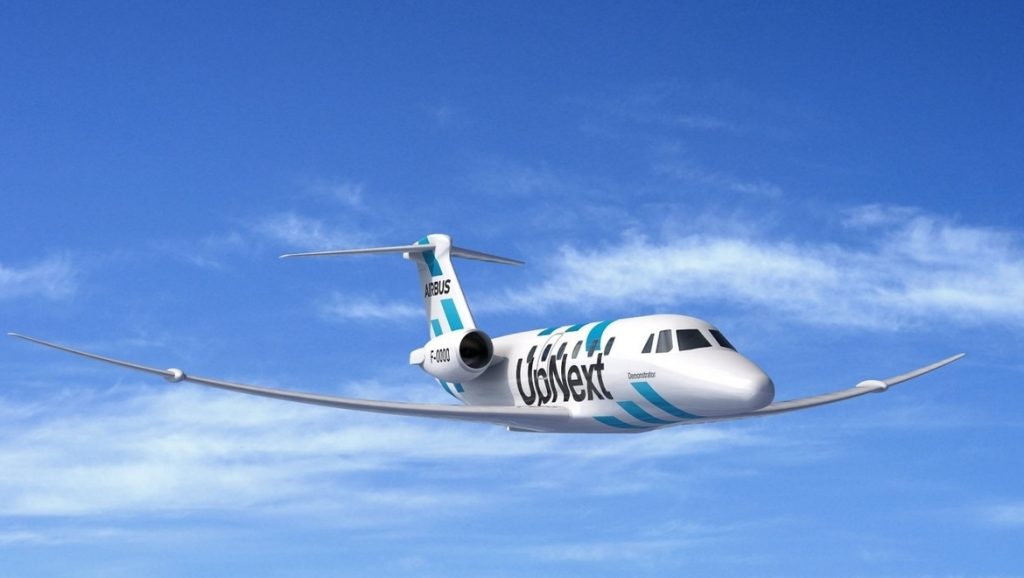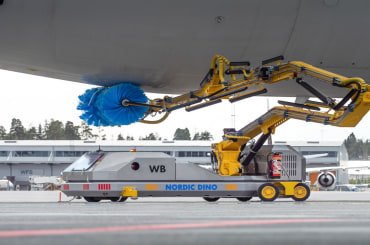
Airbus has launched an “extra-performing” demonstrator project that is set to test aircraft wings that can reconfigure during flight and reduce emissions.
Unveiled at the Airbus summit this week – focused on sustainable aviation – the project will undergo research to test technologies that can improve wing performance for future aircraft.
The European planemaker will aim to achieve eagle-like wing shape, span and surface to allow for increased efficiency, the company said.
“Airbus is continuously investigating parallel and complementary solutions such as infrastructure, flight operations and aircraft structure,” said Airbus CTO Sabine Klauke.
“With this demonstrator, we will make significant strides in active control technology through research and applied testing of various technologies inspired by biomimicry.”
It comes as aviation companies continue to take strides towards decarbonising the industry after tightened pressure from consumers.
Testing in numerous flight conditions, Airbus will use the technologies on a Cessna Citation VII business jet.
“The applications of the extra-performing wing would be compatible with any propulsion solution and aircraft configuration and would reduce CO₂ emissions,” the company said.
Various types of technology will be investigated, such as gust sensors, pop-up spoilers or plates that are deflected perpendicular to airflow.
The company will test the technology through Airbus UpNext, a subsidiary which uses demonstrators for the preliminary phases of aircraft development.
The new performance demonstrator will go against its international rival Boeing, which has tested numerous sustainable technologies through its ecoDemonstrator since 2012.
In 2020, Boeing inaugurated its jumbo 777X jet with its largest wing ever developed in-house, built with carbon-fibre composite materials.
Airbus also announced its ongoing ‘Wing of Tomorrow’ program has now begun the assembly of its first wing prototype, unveiled at the summit.
Wing of Tomorrow is a program designed to test composite materials for wings that will meet demand while costing less.
The three prototype wings revealed included one to “understand systems integration”, another to test in comparison to computer modelling, and a third to test “scaling-up production,” comparing against industrial modelling.
Over 100 technologies will be tested during the tests.
The program is part funded by the UK’s Aerospace Technology Institute, and various European partners have been involved since it began.
Prototypes were being manufactured at the National Composite Centre (NCC) in Bristol, and the sub-assembly of the complex wing has now been taken over at Airbus’ Filton site.
In early 2020, NCC began employing its ‘high-rate deposition cell’ for single-aisle commercial aircraft wings, which can layup five-metre-wide and 20-metre-long composite piles in one movement.
The company said its technology would increase production by reducing individual components, making the process far more efficient.
“High-performing wing technology is one of several solutions – alongside sustainable aviation fuels and hydrogen – we can implement to contribute to aviation’s decarbonisation ambition,” added Klauke.












